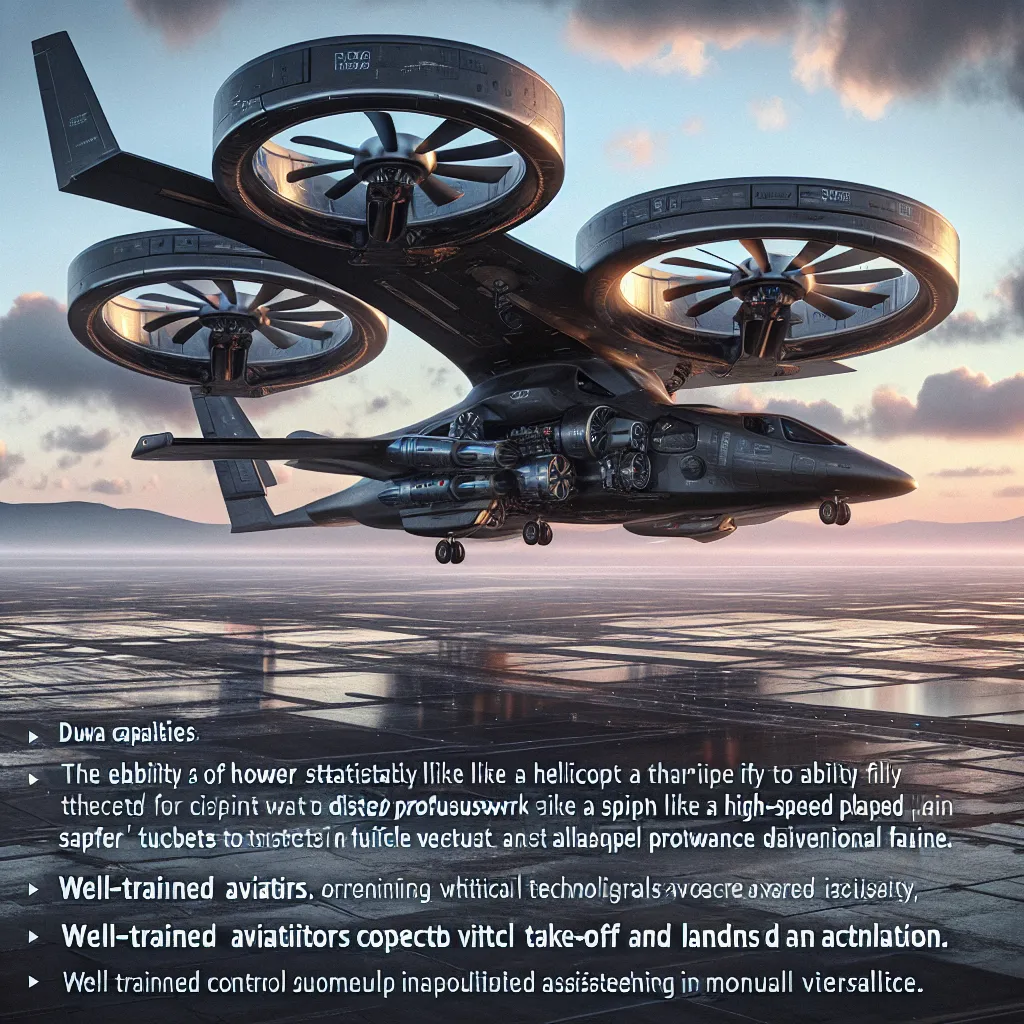The Harrier Jump Jet is something straight out of a sci-fi movie. Imagine a plane that doesn’t need a runway and can hover in midair. This British marvel is essentially a helicopter that’s also a high-performance jet. It’s versatile and does everything you could possibly want from a fighter aircraft. In the Royal Air Force, it’s considered one of the best, partly because it can do so many different things.
When cruising, the Harrier can reach speeds of 500 knots and is one of the most maneuverable jets around. As a tactical bomber, it excels in low-level raids. One of its greatest strengths? It can land pretty much anywhere. Small landing sites set up near the front lines are more than enough, and ground crews can rearm and refuel it in just half an hour.
A fully loaded vertical takeoff would require so much power that it can’t carry as many bombs, but with a rolling takeoff, it only needs a short 600-foot runway. Compare that with conventional military jets needing up to 9,000 feet. This unique aircraft revolves around a single, powerful engine called the Pegasus. The engine employs a special system of nozzles—four in total—that move together. Normally, they point backward for conventional flight, but they can redirect thrust downwards for hovering.
Controlling this beast is no joke. While it’s hovering, traditional flight control surfaces don’t handle the plane; smaller, thrust-directing nozzles called puffer ducts take over. There are puffer ducts on each wing, the nose, and the tail, pushing air to maintain stable hovers. The pilot uses their control stick to operate both the conventional control surfaces and the puffer ducts simultaneously.
The Harrier’s unique technology makes it one of the toughest planes to fly. Only the most skilled pilots get to handle it. Training is intense and not everyone makes the cut. Pilots use a special two-seater version for training, with an instructor guiding the student from the backseat.
One significant challenge in training is the transition from short rolling landings and takeoffs to mastering the hover—a skill that demands the highest level of concentration. Imagine balancing on a knife edge; one wrong move and the jet could slam to the ground like a brick.
The idea for vertical takeoff and landing aircraft dates back to World War II when disposable rockets were attached to planes to shorten takeoff distances. The 1950s and 60s saw engineers developing various prototypes, some launched from truck beds. Despite mixed success, they always needed a runway to land.
Real innovation came with the Rolls-Royce Pegasus engine, which was powerful enough to lift a full-size military plane vertically. Today, the Harrier is a go-to warplane for the U.S. Marines, who operate it from amphibious assault ships. These ships have flight decks that are a fraction of an aircraft carrier’s size, relying on the Harrier’s unique takeoff and landing capabilities. In battle, the Harrier offers critical support to ground troops, especially during amphibious assaults by neutralizing key enemy positions.
In summary, the Harrier Jump Jet is a phenomenal piece of technology that has redefined what’s possible for fighter aircraft. Its vertical takeoff and landing capabilities make it indispensable in modern warfare scenarios, even under the toughest conditions.






